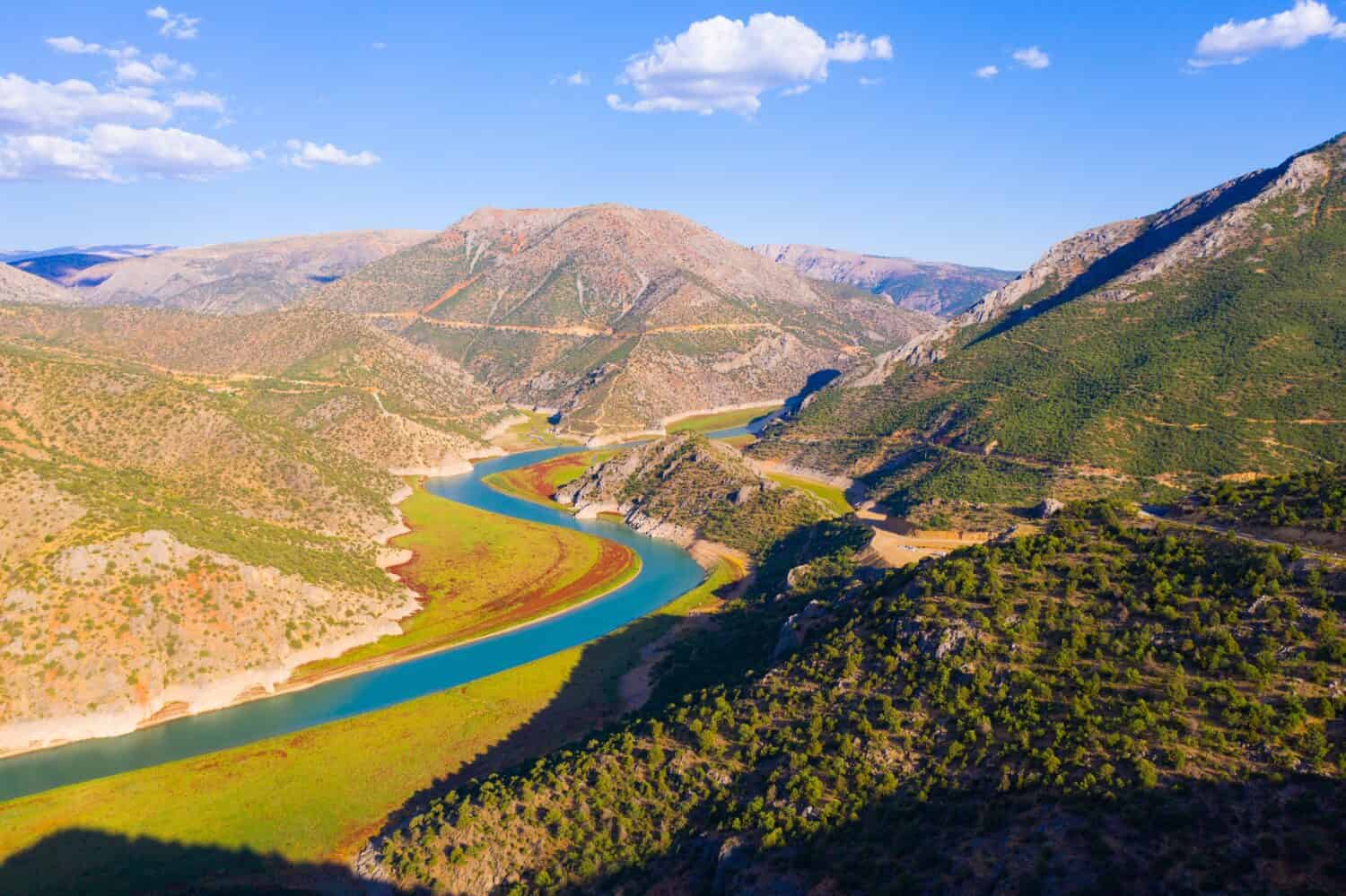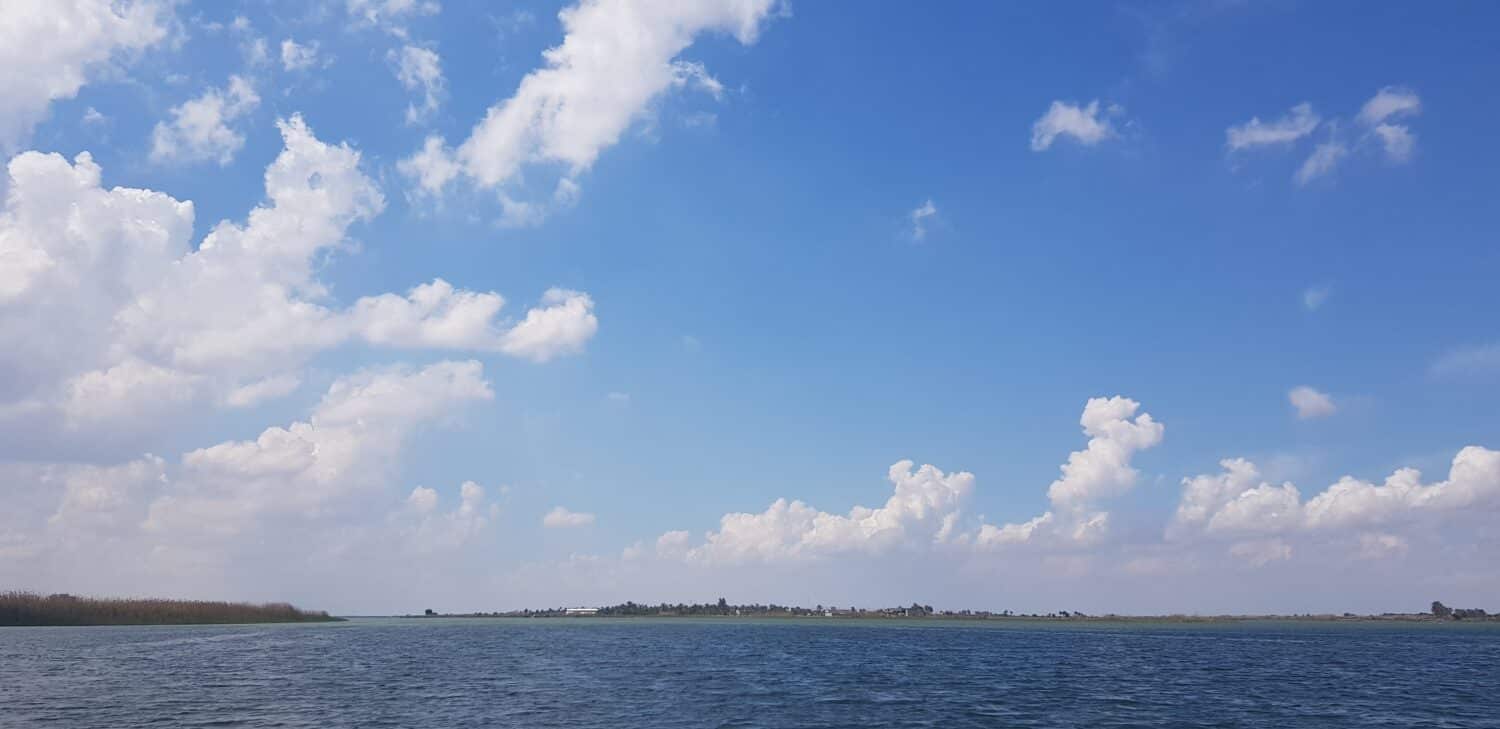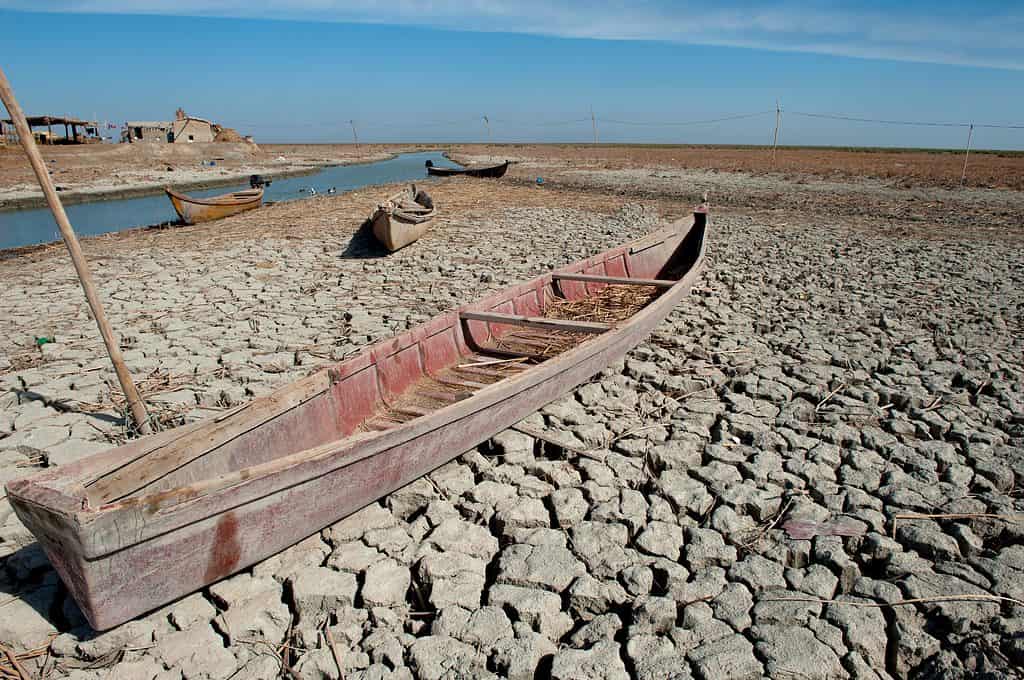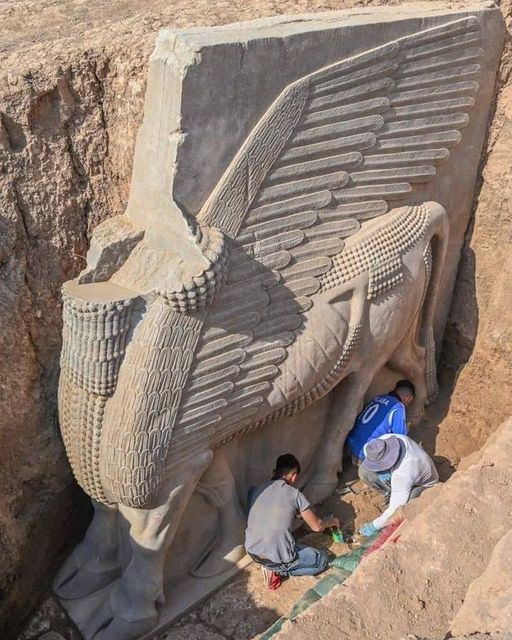The width of the Euphrates River exhibits significant variations along its extensive 1,700-mile (2736 km) course. It is influenced by the diverse geographical features it encounters throughout its journey. From its source in the highlands of Eastern Turkey, the Euphrates begins as a relatively narrow and fast-flowing river. As it continues its path, carving through the rugged landscapes of Southeastern Turkey, Syria, and Iraq, the width gradually expands due to the accumulation of water from numerous tributaries. Thus, the width of the Euphrates River varies drastically depending on its location. However, the widest point of the Euphrates River is generally considered to be approximately 1.25 miles (2000 m) wide. Keep reading to discover more about this fascinating and historical river.
Discover the Widest Point of the Euphrates River: Upstream
The headwaters of the Euphrates River are located in Eastern Turkey. The river originates from two main tributaries: the Murat River and the Karasu River. These two rivers converge in the Armenian Highlands to form the main stem of the Euphrates. The Murat River, or Eastern Euphrates, is the longer and larger of the two tributaries. It begins its journey in Northeastern Turkey and flows through a rugged and mountainous region. The Karasu River, or Western Euphrates, originates near Mount Ararat and flows southward to meet the Murat River. Both of these tributaries carry significant amounts of snowmelt and rainfall from the highlands, contributing to the Euphrates’ water supply. Steep valleys and rocky terrain characterize the region surrounding the headwaters.
From its headwaters in Turkey, the Euphrates River flows southeast, passing through Syria before reaching Iraq. The Euphrates eventually merges with the Tigris River to form the Shatt al-Arab waterway. The Euphrates then continues its course, eventually emptying into the Persian Gulf.
 Steep valleys and rocky terrain characterize the region surrounding the headwaters of the Euphrates River.
Steep valleys and rocky terrain characterize the region surrounding the headwaters of the Euphrates River.
Discover the Widest Point of the Euphrates River: Downstream
The confluence of the Euphrates with the Tigris River forms the Shatt al-Arab waterway. At this merging, the width of the Euphrates at one time was as wide as 1.2 miles (2000 m). The width can be influenced by factors such as season, water flow, and human modifications of the river channel. The Shatt al-Arab flows between Iraq and Iran for a significant portion of its length. It stretches from the confluence of the Euphrates and Tigris near the city of Basra, Iraq. From there, it flows southeastward until it reaches the Persian Gulf. The Shatt al-Arab has historical, economic, and strategic importance for both Iraq and Iran. It serves as a vital waterway for navigation and trade.
 From the confluence of the Euphrates and Tigris near the city of Basra, Iraq, the river flows southeastward until it reaches the Persian Gulf.
From the confluence of the Euphrates and Tigris near the city of Basra, Iraq, the river flows southeastward until it reaches the Persian Gulf.
Discover the Widest Point of the Euphrates River: Challenges
Another factor that makes it difficult to determine the widest point of the Euphrates River is that the Euphrates is drying up. The Euphrates River is facing significant challenges. These include reduced water flow and increased water scarcity, which have led to concerns about its drying up. Several factors are contributing to this dire situation. Climate change is causing shifts in precipitation patterns, leading to decreased rainfall in some regions. This reduction in precipitation directly affects the water levels and flow of the Euphrates River.
 The Euphrates River is facing significant challenges, including reduced water flow
The Euphrates River is facing significant challenges, including reduced water flow
Upstream countries, particularly Turkey, have constructed dams and reservoirs on the Euphrates River and its tributaries for irrigation, hydroelectric power generation, and water storage. These water management practices have reduced the downstream flow of the river, affecting water available to downstream regions.

Another factor that makes it difficult to determine the widest point of the Euphrates River is that the Euphrates is drying up
21st Century Challenges
Population growth, urbanization, and increased agricultural activities have significantly increased water demand in the Euphrates River basin. The extraction of water for irrigation, domestic use, and industrial purposes has put additional pressure on the river’s water resources. Poor water management practices, including unsustainable irrigation methods and inefficient water use, continue to contribute to the decline in water availability. Inefficient infrastructure, like leaking canals and inadequate irrigation systems, has led to significant water losses. The Euphrates River basin has experienced conflicts and political instability, particularly in Iraq and Syria. These factors disrupt water management, infrastructure maintenance, and coordination of conservation efforts. While the Euphrates River has not completely dried up, the combined effects of these factors have resulted in reduced water flow and increased water stress in the region. This has significant implications for the ecosystems, agriculture, and communities dependent on the river’s water resources.
Discover the Widest Point of the Euphrates River: Commerce
The Euphrates River supports various commercial enterprises in the regions through which it flows.
The river is a vital water source for irrigation and agriculture. The fertile floodplains along its banks support extensive agricultural activities, including the cultivation of crops such as wheat, barley, rice, cotton, and various fruits and vegetables, particularly date palms. Irrigation systems, like dams and canals, have been developed to harness the river’s water for agriculture. The Euphrates River is utilized for hydroelectric power generation. Dams have been constructed along the river to harness its water flow and generate electricity. These dams, such as the Atatürk Dam in Turkey and the Haditha Dam in Iraq, contribute to the energy needs of the respective countries.

The Atatürk Dam in Turkey is the third largest dam in the world.
The Euphrates River supports a fishing industry, providing livelihoods for many communities. Fish species like carp, catfish, and barbel are commonly found in the river. Additionally, aquaculture activities are carried out in fish farms along the river, contributing to local economies. The Euphrates River has historically served as a transportation route. While its role as a major trade route has diminished over time due to the development of alternative transportation methods, the river is still used for local transportation of goods and people in certain areas.
The Euphrates River and its surrounding landscapes attract tourists who are interested in its historical and cultural significance. The river’s historical sites, such as ancient ruins and archaeological sites, draw visitors. Additionally, recreational activities like boating, river cruises, and birdwatching are popular along certain stretches of the river.










